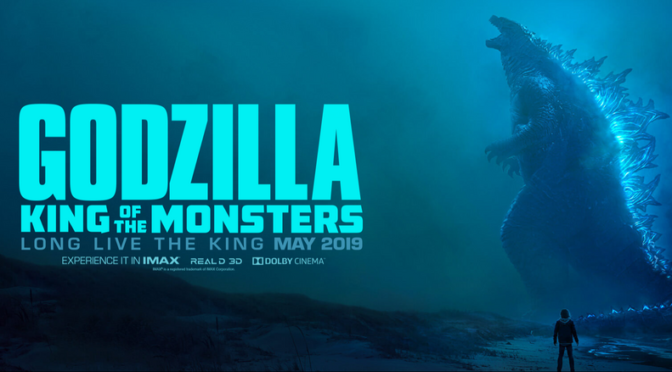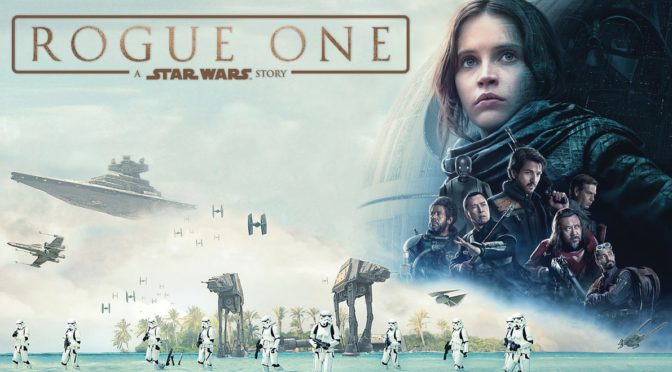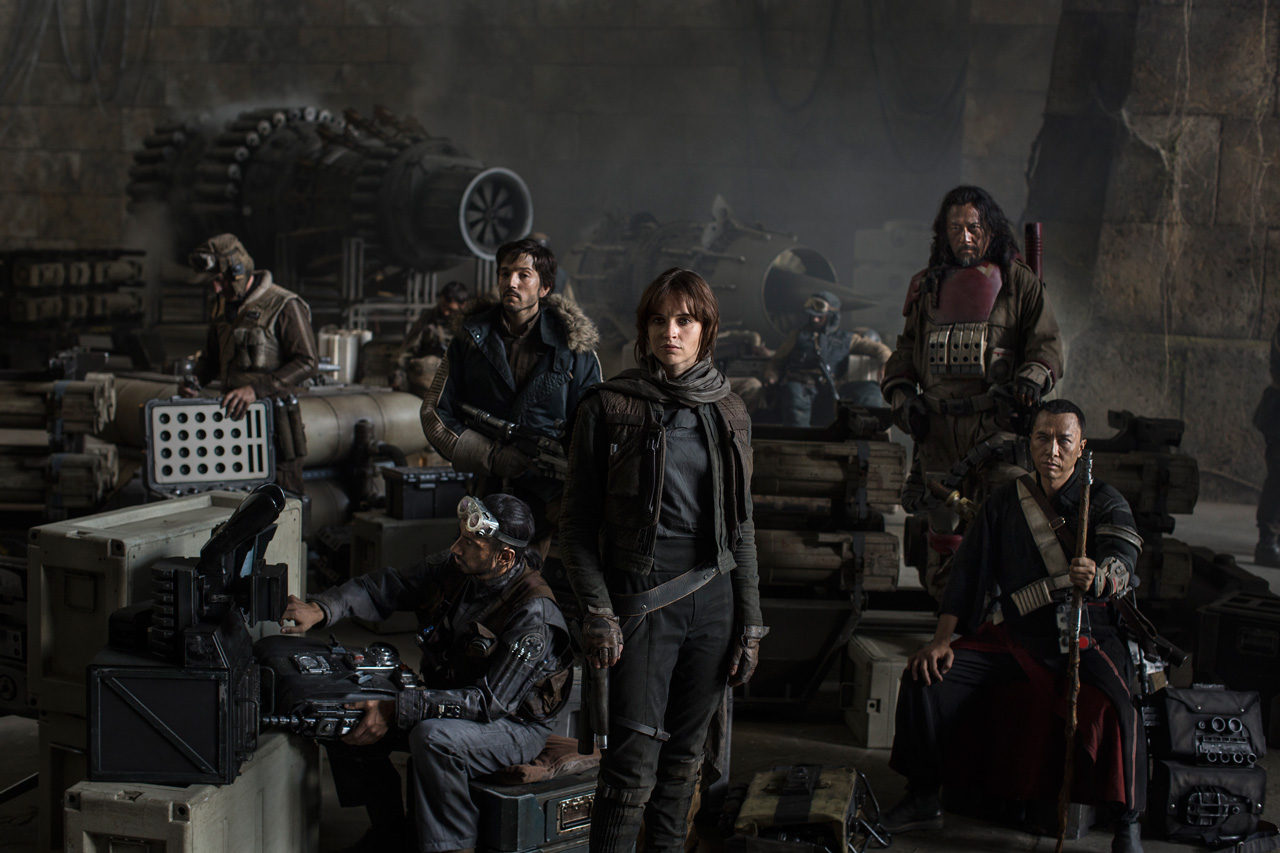Everyone loves a good monster fight and Godzilla: King of the Monsters is the movie to deliver it. Set five years after the 2014 Godzilla, the mysterious organization Monarch is tracking monsters, called Titans, that lay dormant all around the world. Enter Dr. Emma Russell (Vera Farmiga; Up in the Air), a biologist that has developed a device that can mimic Titan sounds in order to control them. When eco-terrorists, led by Charles Dance (Game of Thrones), begin releasing the Titans and causing worldwide catastrophe, Monarch and Dr. Serizawa (Ken Watanabe returning from the previous film) attempt to use Godzilla to protect humanity.
While the kaiju may not have an explicit personality, the film succeeds in giving them some semblance of character. Ghidorah, the three-headed, winged dragon-like creature, is shown as villainous, malicious, and portrayed as a usurper to Godzilla’s throne The serpentine design of the long necks and the way the heads snap at each other convey a malice that isn’t present with Godzilla. He is shown as humanity’s savior and protector. He repeatedly ignores the vulernable main cast as he chooses to fight Ghidorah instead. Mothra in particular becomes an interesting character. She’s labeled as the “Queen of the Monsters” and becomes an ally to Godzilla and is one of the most likable monsters. Her resilience in fighting creatures like the fire-breathing Rodan, despite her comparatively smaller size, make her one of the most compelling characters in the film.

There are moments when the film tries to put forth a deeper message, but doesn’t devote the needed time or effort. The original 1954 Gojira was a parable about the dangers of nuclear weapons. Godzilla was awoken by weapons tests and left damage similar to the bombings of Hiroshima and Nagasaki. This film tries to weave in a similar theme, but this time with climate change. The eco-terrorists claim that the Titans are rising due to humanity’s increasing pollution. They view the destruction caused by the kaiju as a way to reset the balance of the earth and minimize the human population to the point that they can co-exist without harming nature. This may have been an interesting motivation, but when only briefly mentioned and used to justify devastating actions it feels hollow and more than a little silly.
But modern Godzilla isn’t about grand messages. It’s about big monsters fighting each other and this movie has that in spades. The 2014 Godzilla was criticized for withholding its action until the final minutes, but no one could ever make that complaint here. Director and co-writer Michael Dougherty (Krampus) has created gargantuan creatures that move with the heft often missing from CGI. Godzilla’s trademark roar is thundering and the fights between kaiju are intense with arresting use of simple, but effective coloring. Ghidorah’s yellow, Rodan’s red, and Godzilla’s and Mothra’s blue bioluminescence makes for a striking contrast that helps keep the visuals clean and discernable. Dougherty still includes some of the tension building from the previous film. He stages each battle with iconic tableaus of the monsters racing towards each other, igniting anticipation for the glorious fight to come. The story may not be substantial, but Godzilla: King of the Monsters delivers a kaiju free-for-all in gorgeous detail.

4/5 stars.


